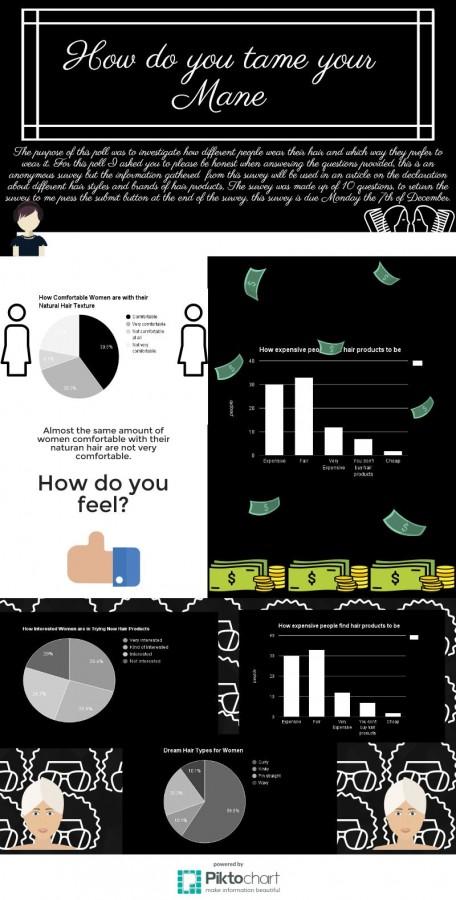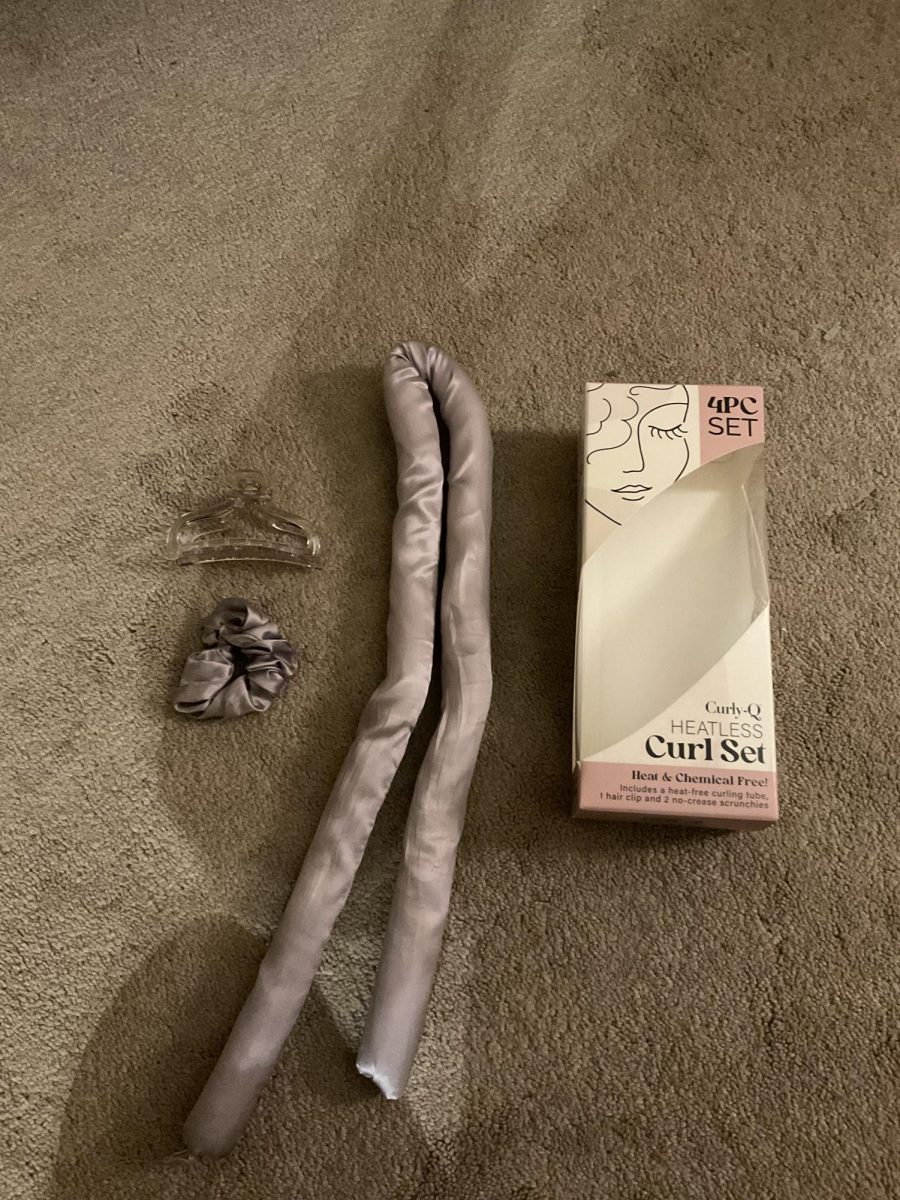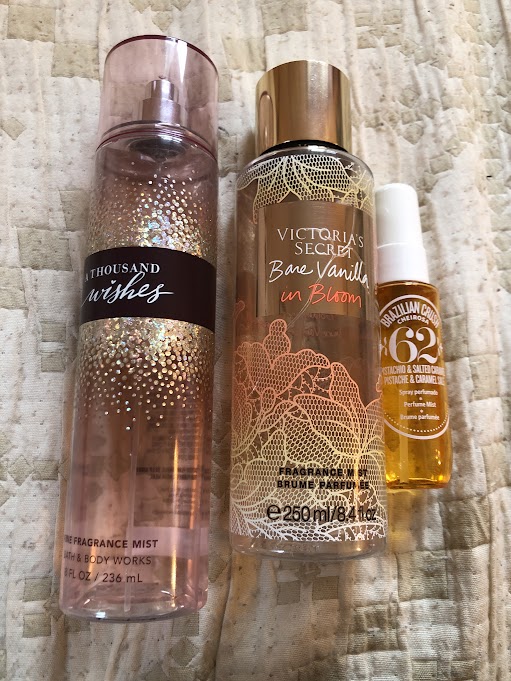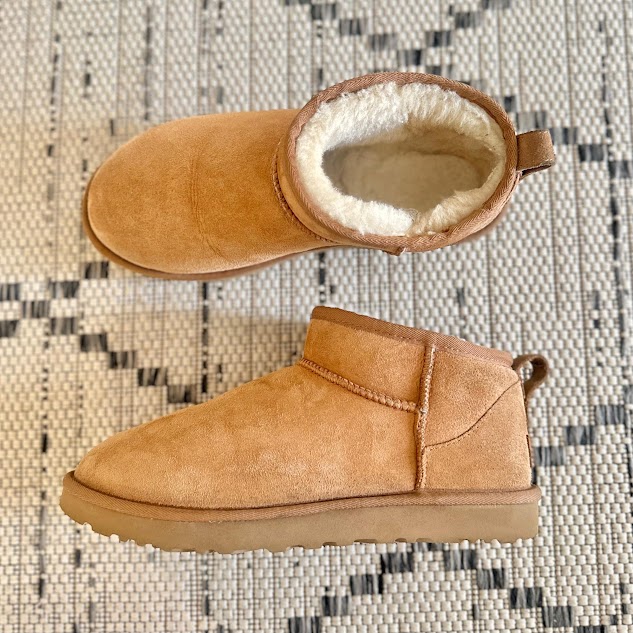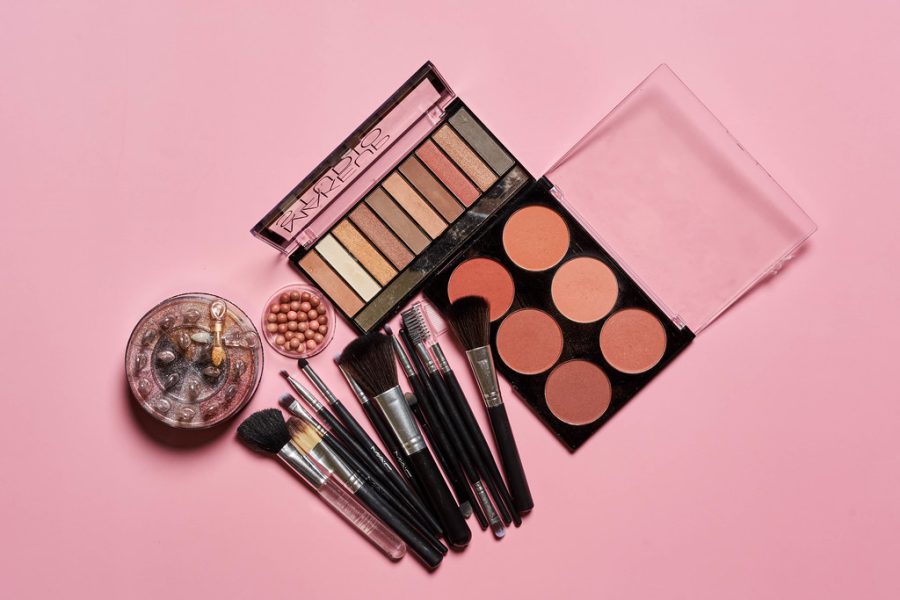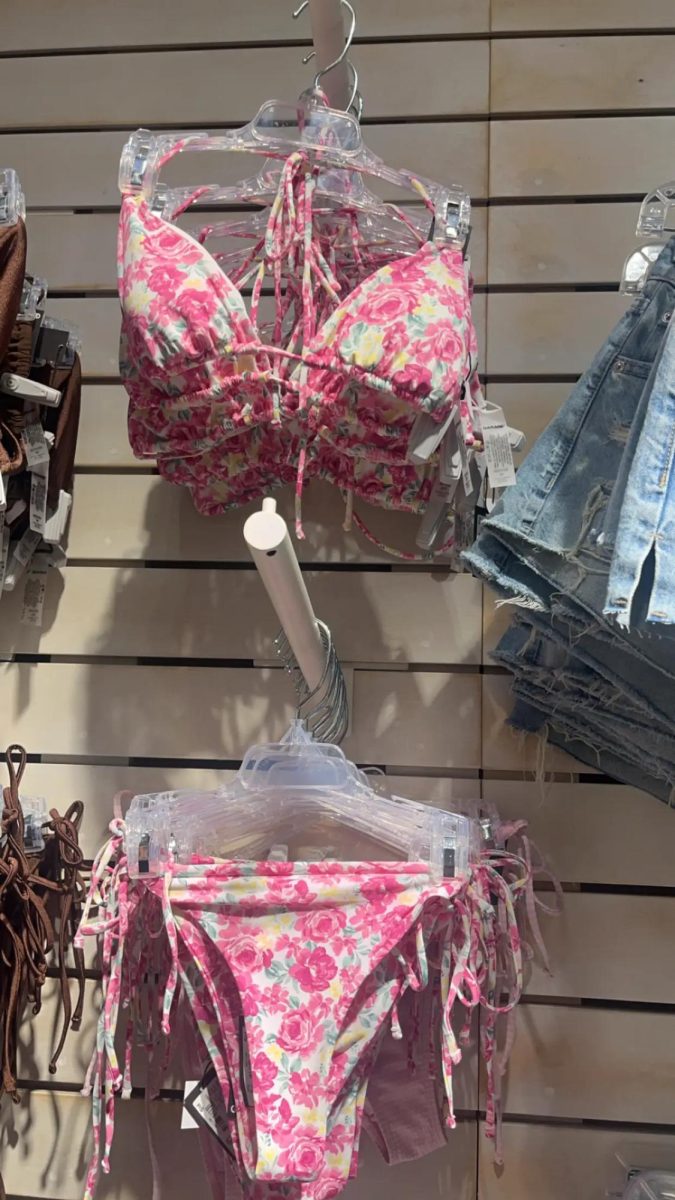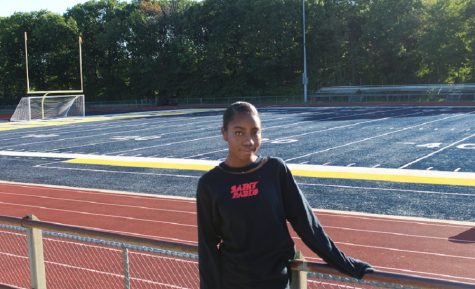Hair is one of the most important features to a lot of woman. A bad hair day can mean a bad day, and is usually where a lot of people first look when you approach them. So the real question all the time is how do you tame your mane?
Yes mane as in referring to hair which can sometimes be as unkempt as a real mane of a lion. While investigating women’s hair preferences, information on issues like how many times women wash their hair, how comfortable they are with their natural hair texture, and many other questions about the infamous mane were investigated.
The survey distributed had an age range from 10 years of age to 46 and older. The survey was anonymous and out of about 90 women varying in different age ranges. The survey had a total of 10 questions excluding the question for age range. All questions part of the survey were directed at changes in the hair or the keeping up of the hair. The survey served as information valuable to this article to see if women were interested in new hair care and hair products. Most of the questions were geared toward the altering of the hair. The outcome of the survey showed exactly how many people would be or could be interested in trying new things for their hair, so this article could show as helpful insight in the ongoing hair journey.
For starters the survey started out with how comfortable the women polled were with their natural hair texture ranging from very comfortable to not very comfortable. 8.1% were not comfortable with their natural hair at all and 22.1% were not very comfortable with their natural hair texture. Kimanni Westbrook teenager gives input on how societal ideals have changed over the years dictating how comfortable you should be with your natural hair, “Over the years wearing your hair the way you pleased has gotten easier.”
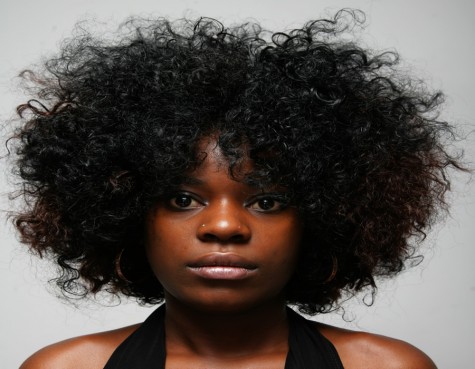
African American woman showing off her natural fro.
Natural hair is a big fad right now for women of all color especially people with wavy to curly hair who are trying to keep their curl or wave patterns in tact. While women with naturally straight hair do it, their goal is to help their hair to regain strength and get rid of split ends. In order to go natural you have to get rid of all chemicals and coloring to the hair essentially leaving it in its natural state. Many women participate in a ‘big chop’ to start their natural journey, which is cutting off all badly damaged hair to start over and achieve healthy natural hair. Amesa Wood shared her feelings toward her transition, “No I’m not self conscious about my natural hair. It took me a long time to get to where I am today and I appreciate it. I wish my mom never put chemicals in my hair because now I have to redo the whole process.”
Which leads us in our next topic of discussion, protective hairstyles. No not as in wearing a helmet but something close to it. Another question featured on the survey was pertaining to how many women are interested in hair extensions. 48.9% said they were and 29.1% said they weren’t. A lot of people are quite frankly scared to wear hair extensions especially in this day in time. Whether they think it will malfunction or not look natural they still are against it. Hair extensions although taboo for a lot of people are very helpful in the process of going natural. Hair extensions can be used to protect your hair or protect your feelings. If it isn’t obvious to the health benefits some protective styles can have on your hair then here it is, protective styles give your hair a break from the everyday tugging and pulling and just keeps it away. A lot of people use these protective styles not only to protect their hair but to help change up their look without having to damage their own hair which is always a plus. Others who have gone through lots of damage need something to get them started on the natural hair journey. Sierra Shuler African American woman that works in corporate America speaks on how she felt she needed to meet beauty standards by using chemicals to naturally straighten her hair, “Societal standards made me feel I had to change my texture from a child. My mom believed I needed relaxed hair to make it more manageable and as I grew up straight hair was what others considered ‘nicer.'”
Even though there are some great protective styles out there including braids, crochet braids, sew ins, clip ins, and wigs half, full, or lace front there are some great styles to try with your own hair too. This topic evidently leads to another question ran in the poll on what is a woman’s dream texture of hair. The options were wavy, curly, pin straight, or kinky. In any of these textures there are many different tips and tricks to maneuver your hair to get it to look the way you want it. For people who want to achieve a wavy look you can do large sized braids in your hair only a few to not make the bump too defined so you can achieve a nice soft wave, that is a braid out. If your goal is to achieve kinky hair a great way to get the Afro centric vibe is to have your hair dry in its natural state and tease your hair from the root out to the ends with a small close together comb, to get your kinky fro on another level use a pic pick to pick your hair out. To achieve curly hair there is more than one way to get to your goal for one you can lead off the braid out you used to get the wavy hair but instead of large loose braids you use smaller pieces and tighter braids to define the curls. Another really popular way a lot of women have been getting the curly look heartless is Bantu knots. To do Bantu knots you take small to medium pieces of hair and twirl it until it starts to wrap around itself and resembles a small tight bun. Lastly, pin straight hair, to achieve pin straight hair you will need heat but to keep damage at a minimum there are small tricks you can use to keep your hair as healthy as you can. Make sure your hair is moisturized but not too much to make it oily, then before just jumping into straightening blow dry your hair with a low heat setting to offset some of the direct heat you will use later with the flat iron. When you do use the flat iron use as low a heat setting that your hair will still be able to straighten to and always remember to put in heat protectant before applying any heat of any kind onto the hair.
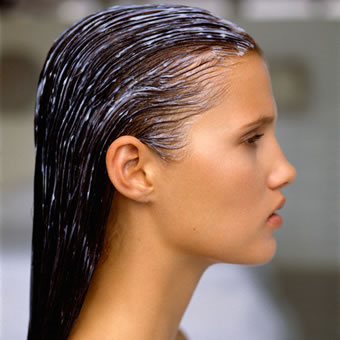
Freshly washed hair gets a run-through of moisturizing conditioner.
The last most interesting question on the survey was a question asking ladies how often do they wash their hair. Washing your hair is a funny business, a lot of people feed into the misconception that you should wash your hair every day and for some that is true. It is okay to wash your hair more frequently if you have straighter hair hat the oil can easily travel through so with that you should wash your hair whenever you see your hair starting to get oily. The reason why the shampoo wont be as bad for people with a straighter hair texture is because their hair can get nourished faster by their natural oils because the oil follows a course that can easily nourish the hair faster. For others that is completely wrong, it is okay using water and conditioner in your hair daily as long as you cleanse your hair every two to three days for people with more coarse and thick hair that doesn’t get as oily as fast. The reason it isn’t good to shampoo your hair as often with curly hair is because shampoo has sulfates that strip your hair of its natural oils. Although shampoo can be bad for your hair, when used in moderation it can be very helpful and some shampoos are made sulfate free. As the same for people who wash their hair every week or two you need to wash more frequently because the products and natural oils from your hair can build up in your pores and stunt your hair growth, you should wash your hair every four days max to clean out all built up residue. As for when you get out the shower you should properly moisturize your hair, a good natural moisturizer is coconut oil after thoroughly moisturizing your hair you should use a sealant to seal the moisture into your hair a great sealer is JBCO(Jamaican Black Castor Oil) and the best advice is to start a routine that your hair can get used to and in that routine a deep conditioning weekly will give you astonishing results. These tips and tricks will help to keep your mane tamed.



